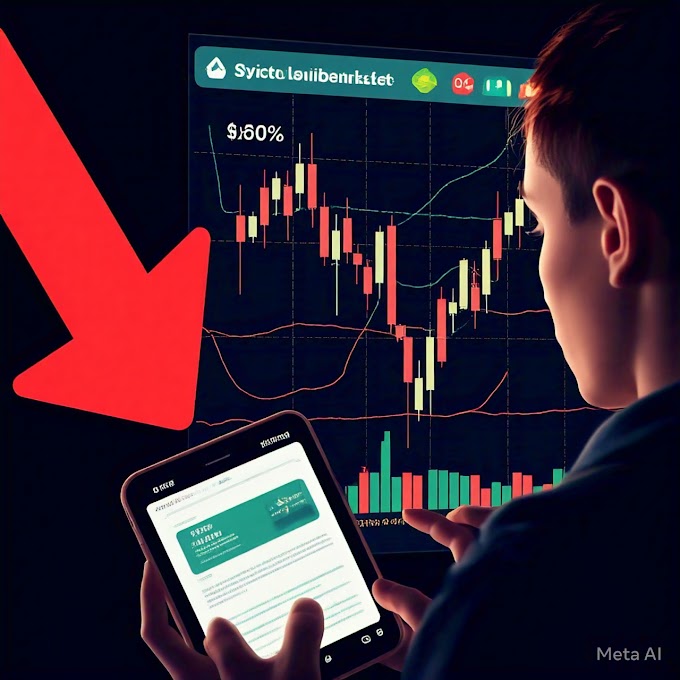Table of Contents
- Introduction to Bitcoin
- The Evolution of Money: From Barter to Bitcoin
- Gold as the Foundation of Currency
- The Birth of Paper Money and Its Transformation
- The 20th-Century Financial Revolution
- The Emergence of Bitcoin
- How Bitcoin Works
- Bitcoin’s Monetary Policy
- Bitcoin vs. Gold: The Digital Advantage
- The Role of Bitcoin in Today’s Economy
- Frequently Asked Questions (FAQs)
- Conclusion
1. Introduction to Bitcoin
Imagine a world where money is not controlled by governments, banks, or corporations. A mysterious figure, Satoshi Nakamoto, brought this vision to life in 2008 by creating Bitcoin. This groundbreaking digital currency is decentralized, scarce, and accessible to everyone globally. But to truly appreciate its significance, we must first understand the history of money.
2. The Evolution of Money: From Barter to Bitcoin
Humanity’s journey with money began with barter systems, where goods were exchanged directly. Over time, societies adopted physical items like barley, silver, cowry shells, and giant limestone discs as mediums of exchange. These early forms of money evolved as economies became more complex, setting the stage for the revolutionary digital age.
3. Gold as the Foundation of Currency
Gold became the dominant currency for centuries due to its scarcity, durability, and divisibility. Its universal acceptance across cultures made it the backbone of trade and wealth preservation. However, carrying large quantities of gold became impractical, leading to the next transformation in money.
4. The Birth of Paper Money and Its Transformation
Paper money began as receipts issued by goldsmiths for stored gold. This system worked as long as the paper was backed by actual gold reserves. However, governments later abandoned this principle, particularly in 1971, when the United States severed the link between the dollar and gold. This shift gave central banks unprecedented control over money supply but also introduced new vulnerabilities.
5. The 20th-Century Financial Revolution
The modern financial system, characterized by fiat currencies, allowed governments to print money at will. While this flexibility helped during economic crises, it also led to inflation and the centralization of monetary power. The 2008 financial crisis exposed these flaws, creating the perfect environment for an alternative like Bitcoin.
6. The Emergence of Bitcoin
In 2008, Satoshi Nakamoto released a white paper outlining Bitcoin, a peer-to-peer electronic cash system. Unlike traditional currencies, Bitcoin operates without intermediaries, is capped at 21 million coins, and functions as a decentralized network. On January 3, 2009, the first Bitcoin block was mined, marking the start of a new era in finance.
7. How Bitcoin Works
Bitcoin relies on a decentralized network of computers maintaining a shared ledger called the blockchain. Transactions are verified using cryptography and recorded permanently. Miners compete to solve complex puzzles, securing the network and earning Bitcoin as a reward. This system ensures transparency, security, and resistance to manipulation.
8. Bitcoin’s Monetary Policy
Bitcoin’s supply is limited to 21 million coins, released gradually through mining. Every four years, the reward for mining new Bitcoin is halved, reducing the rate of new Bitcoin creation. This predictable scarcity, combined with its decentralized nature, makes Bitcoin an attractive alternative to fiat currencies.
9. Bitcoin vs. Gold: The Digital Advantage
While gold has been a reliable store of value for centuries, Bitcoin offers several advantages:
- Portability: Bitcoin can be transferred globally in seconds.
- Divisibility: One Bitcoin can be divided into 100 million units.
- Security: It can be stored securely using a seed phrase.
- Decentralization: No government or central authority controls Bitcoin.
10. The Role of Bitcoin in Today’s Economy
Bitcoin is seen as digital gold, a hedge against inflation, and a tool for financial inclusion. With advancements like the Lightning Network, Bitcoin is becoming faster and cheaper to use, expanding its potential as a global currency. Its decentralized nature also makes it an insurance policy against government overreach and economic instability.
11. Frequently Asked Questions (FAQs)
Q1: Who created Bitcoin?
A: Bitcoin was created by a person or group using the pseudonym Satoshi Nakamoto in 2008.
Q2: How does Bitcoin differ from traditional money?
A: Bitcoin is decentralized, has a fixed supply, and operates without intermediaries like banks or governments.
Q3: Is Bitcoin secure?
A: Yes, Bitcoin uses advanced cryptography and a decentralized network to ensure security and prevent fraud.
Q4: Why is Bitcoin limited to 21 million coins?
A: The cap is designed to mimic the scarcity of gold, ensuring long-term value and preventing inflation.
Q5: Can Bitcoin replace traditional currencies?
A: While it has the potential, Bitcoin is currently more commonly used as a store of value than as a mainstream currency.
12. Conclusion
Bitcoin represents a monumental shift in how we think about money and value. By combining the best properties of gold with the efficiency of digital technology, Bitcoin offers a decentralized, secure, and global financial system. Whether it becomes the foundation of global finance or remains a niche asset, one thing is clear: Bitcoin has redefined the possibilities of money in the digital age.








